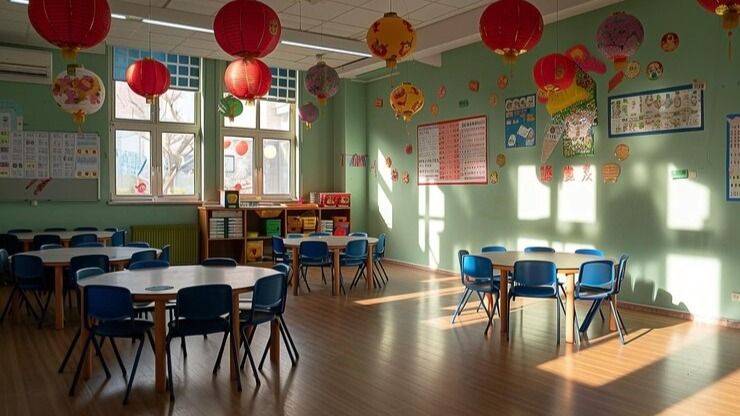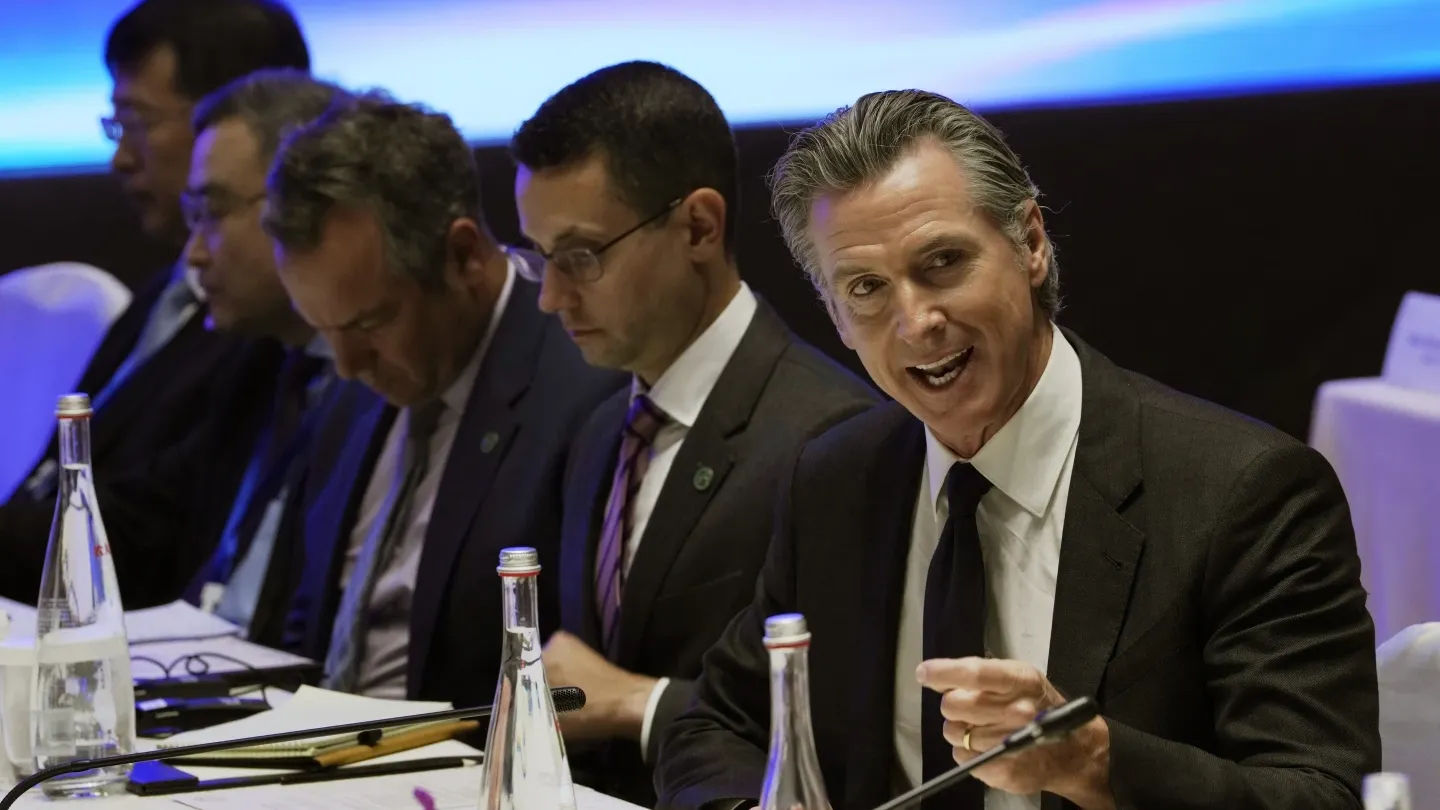Beijing: Hit hard by China’s deepening demographic crisis, thousands of kindergartens have been closed as enrolment of children dropped sharply across the country due to a significant decline in birth rates, according to an official report.
In 2023, the number of kindergartens fell by 14,808 to 274,400, the annual report by the Chinese education ministry stated. It is the second consecutive annual decline in the latest indicator of China’s falling birth rates.
The number of children enrolled in kindergarten declined for a third consecutive year – dropping by 11.55 per cent, or 5.35 million, last year to 40.9 million, the Hong Kong based South China Morning Post reported on Sunday, quoting the ministry’s report.
The number of primary schools also dropped by 5,645 to 143,500 in 2023, a 3.8 per cent fall.
The decline reflects a broader demographic shift in China – where both birth rates and total population continue to dwindle – posing a serious threat to future economic growth, which is already slowing, the Post report said.
Last year, China’s population dropped for the second year in a row, to 1.4 billion, a decline of over two million. Only nine million births were reported in China in 2023, the lowest figure since records started in 1949.
As a result of declining birth rates, China last year conceded its long-held status as the most populous country to India, whose population has overtaken that of China’s.
China faced a twin crisis. While on one hand the birth-rates and fertility rates dropped, there is also a sharp rise in the old age population.
China’s population aged 60 years and above approached 300 million by the end of 2023. Projections suggest it will exceed 400 million by 2035 and reach 500 million by 2050, the state-run Xinhua news agency reported early this month.
An increasing number of kindergartens have been converted into care centres for senior citizens and many of their staff members have switched jobs to care for the elderly, according to the Post report.
The rising numbers of the Chinese elderly, who had to endure the strictly enforced decades old one-child policy are mostly dependent on state social security support putting pressure on the state finances amid the flagging economy.
Officials attribute China’s serious demographic crisis to decades-old one-child policy which was scrapped in 2016 after which China permitted all couples to have two children.
As it failed to make an impact, China revised the population policy in 2021, allowing people to have three children in an attempt to address the reluctance of couples to have more kids due to mounting costs.
As the costs of pensions and geriatric care mounted, China last month raised the retirement age of men from 60 to 63 and for female office workers from 55 to 58 years.
“The burden of elder care is intensifying, all amid economic stagnation,” said He Yafu, an independent demographer based in Guangdong province.
“Kindergarten operators need to adjust strategically to meet new challenges, such as expanding early childhood education to include children under three and establishing an integrated care-education system,” He told the Post.
National Health Commission data from 2021 showed that more than 30 per cent of Chinese families with infants and toddlers in China need child care, but only 5.5 per cent have enrolled their children in nurseries or pre-kindergartens.
China wants to make it easier to marry, harder to divorce amid shrinking and ageing population.
With PTI Inputs
Thousands of Kindergartens Closed Across China As Birth Rate Declines world-news World News | Latest International News | Global World News | World Breaking Headlines Today




